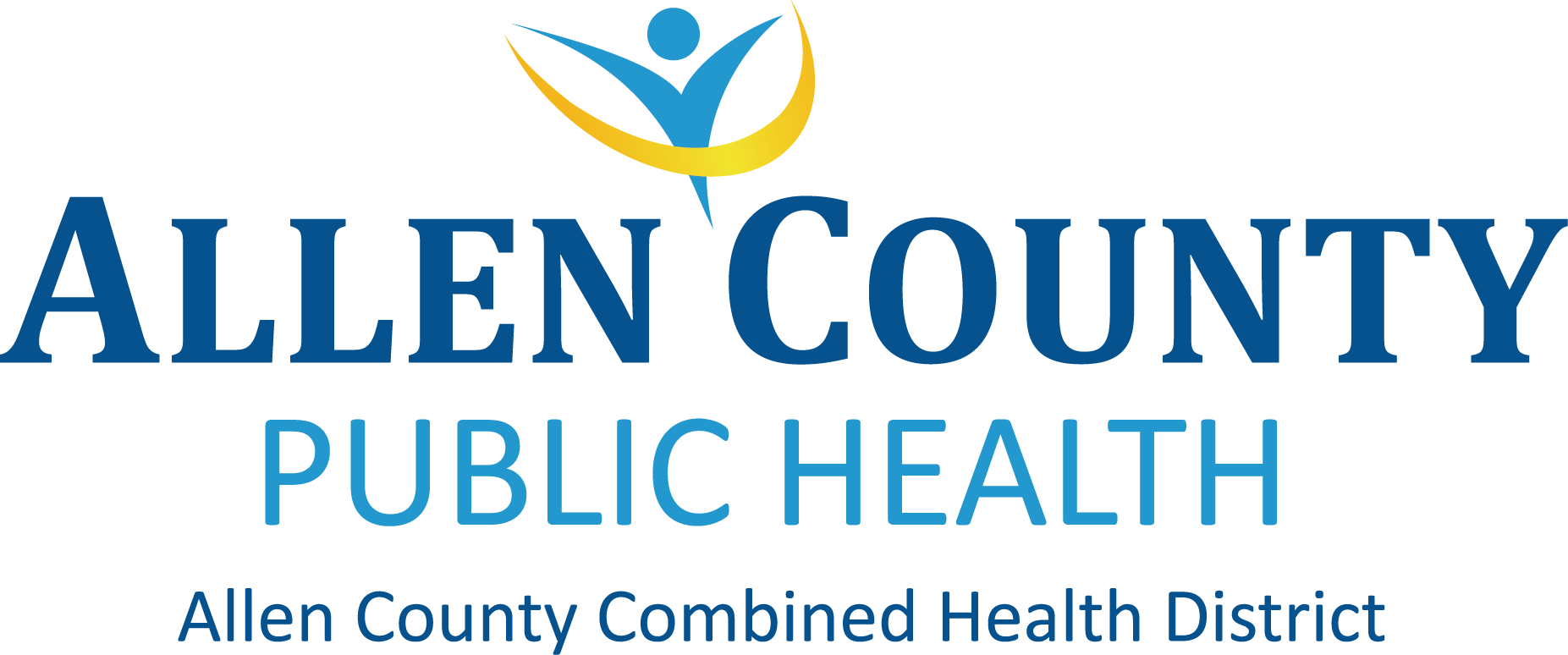Program Background
Lead was used in house paint until 1978. Any house built before that year could have lead paint. Chips from this paint may be ingested or ground into dust, which may be eaten or breathed in. Our goal is to work with families to eliminate lead poisoning.
What is lead poisoning?
Lead poisoning is an elevation of the lead in the body. The Centers for Disease Control has defined an Elevated Blood Lead Level (EBL) as a level greater than 3.5 ug/dl. It can cause permanent damage to the brain and nervous system, behavior and learning problems, slowed growth, and hearing problems. At high levels, lead can cause seizures, coma, and death. There is no safe level of lead in a child’s blood. Lead levels as low as 3.5 ug/dl have been shown to harm a child’s ability to reason and be successful in school.
Where is lead found?
Most childhood lead exposure happens in housing. Housing built before 1978 may contain lead paint. The older the home the more likely it is to have lead paint. Lead paint becomes hazardous when it chips, flakes, peels, or chalks. Lead can also be found in soil near driveways, streets and surrounding structures such as garages and fences containing lead-based paint. A small amount of lead is found in water. Lead can also be found in imported candies, traditional medicines, some toys and jewelry. Certain jobs or hobbies of parents/caregivers can pose a risk to children.
How does the lead get inside children’s bodies?
Most exposure to lead happens by normal hand to mouth activity and the placing of objects containing lead dust into the mouth. A small number of children may eat lead-based paint chips. Some lead dust may be inhaled if children are present when lead-based paint is disturbed.
Call the Allen County Health Department for more information about Lead Poisoning Prevention Services – 419-228-4457.
Who Is At Risk?
Children under the age of 6 years old are especially at risk because of their rapid growth and because they tend to put their hands and/or objects in their mouths, which may be contaminated with lead dust.
It is required by Ohio Law for all healthcare providers to administer blood lead tests for children at ages 1and 2, or up to age 6 if there has been no previous test. Children who are on Medicaid, live in a high risk ZIP code, or have certain other risk factors should all be tested. Your child’s doctor will need to order the blood test.
HEPA Vacuum Loaner Program
More Information
Ohio Department of Health’s Lead Poisoning Prevention site
Childhood Lead Poisoning Prevention Program | CDC
Testing Children for Lead Poisoning
